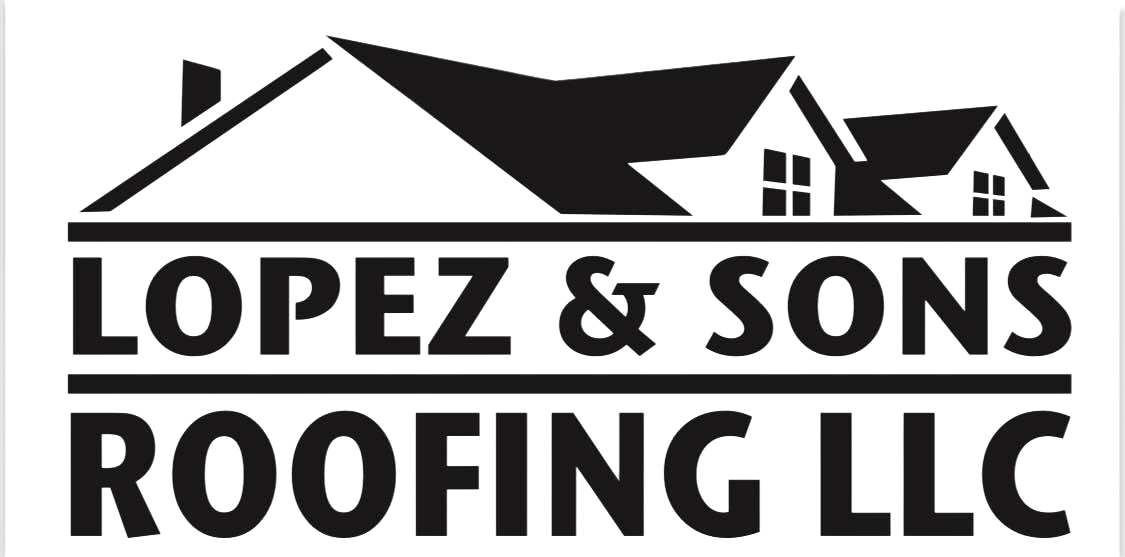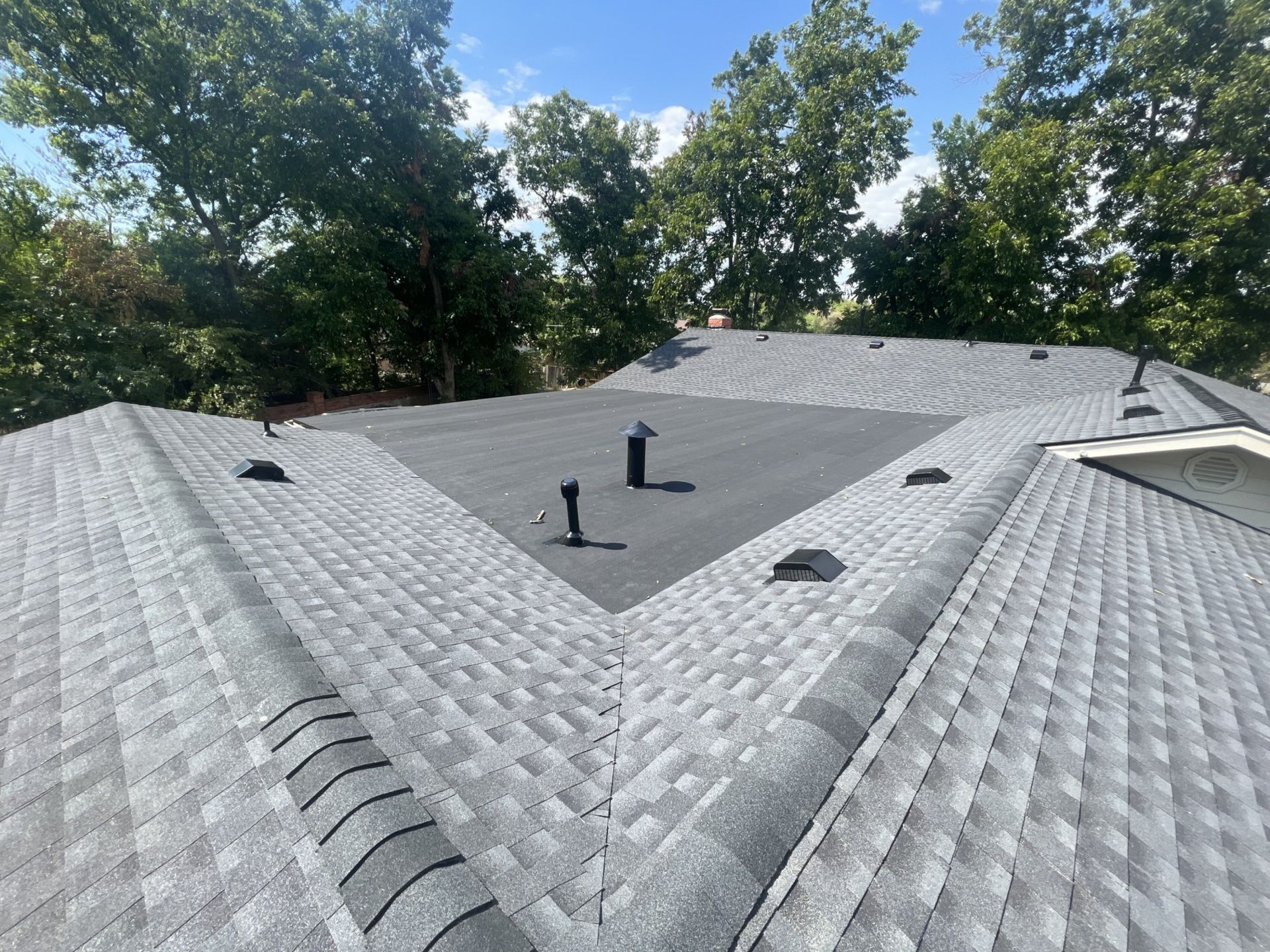Mistakes To Avoid When Choosing Fascia Materials: Here's What You Need To Know
Fascia boards play a vital role in both the look and function of your roofline, yet many homeowners do not realize how important their material choice is until problems appear later. Selecting the wrong option may lead to frequent repairs, costly replacements, or poor curb appeal.
Mistake 1 - Ignoring Local Climate Conditions
One of the biggest mistakes is overlooking the impact of weather on fascia boards. Materials that hold up in dry regions may fail in areas with heavy rain, snow, or humidity. For example, untreated wood may swell, warp, or rot when exposed to constant moisture. Vinyl may crack under extreme heat or cold. Aluminum may dent during storms with heavy winds. A wise choice always considers the local climate and how the material will perform year after year in that environment.
Mistake 2 - Choosing the Cheapest Option
Many homeowners make decisions based only on upfront cost. While saving money at first feels attractive, the cheapest material often requires more repairs or quicker replacement. Low-grade wood might be less expensive than composite or aluminum, but it rarely lasts as long and demands regular treatment. A short-term saving can quickly become a long-term burden if you must keep fixing or replacing the fascia. It is always better to balance cost with durability.
Mistake 3 - Overlooking Maintenance Needs
Every fascia material comes with different maintenance requirements, and ignoring this factor often causes disappointment later. Wood fascia looks beautiful but needs sealing, painting, or staining on a routine schedule. Vinyl requires less upkeep but may need careful cleaning to avoid mold buildup. Aluminum resists rust but may still need occasional repainting. Homeowners who do not consider how much time or effort they are willing to invest often end up frustrated with their choice.
Mistake 4 - Not Matching the Home’s Style
Another common mistake involves focusing only on function while ignoring style. The fascia sits at the edge of your roof, making it a visible part of your home’s exterior. A modern home may look awkward with traditional wood fascia, while a rustic home may not suit the sleek look of aluminum. Choosing a material that matches both durability needs and aesthetic preferences ensures harmony in appearance.
Mistake 5 - Forgetting About Ventilation
Some fascia systems come with built-in ventilation options that allow airflow into the attic, preventing moisture buildup and mold. Homeowners often forget about this important feature. Without proper ventilation, the attic can trap heat and humidity, leading to energy inefficiency and structural issues. Considering ventilation when selecting fascia materials avoids these hidden problems.
Mistake 6 - Not Thinking Long-Term
It is easy to focus only on the installation process, but fascia is a long-term investment. A mistake many people make is choosing a material that works for the present but not for the future. For example, if you plan to stay in your home for decades, a more durable material like composite or aluminum makes more sense than wood that may require frequent replacement.
Conclusion
Homeowners in Chickasha, Oklahoma, who want expert advice and reliable installation can turn to Lopez & Sons Roofing LLC, a trusted company that helps clients avoid costly mistakes by guiding them toward the best fascia materials for lasting strength, beauty, and protection.



